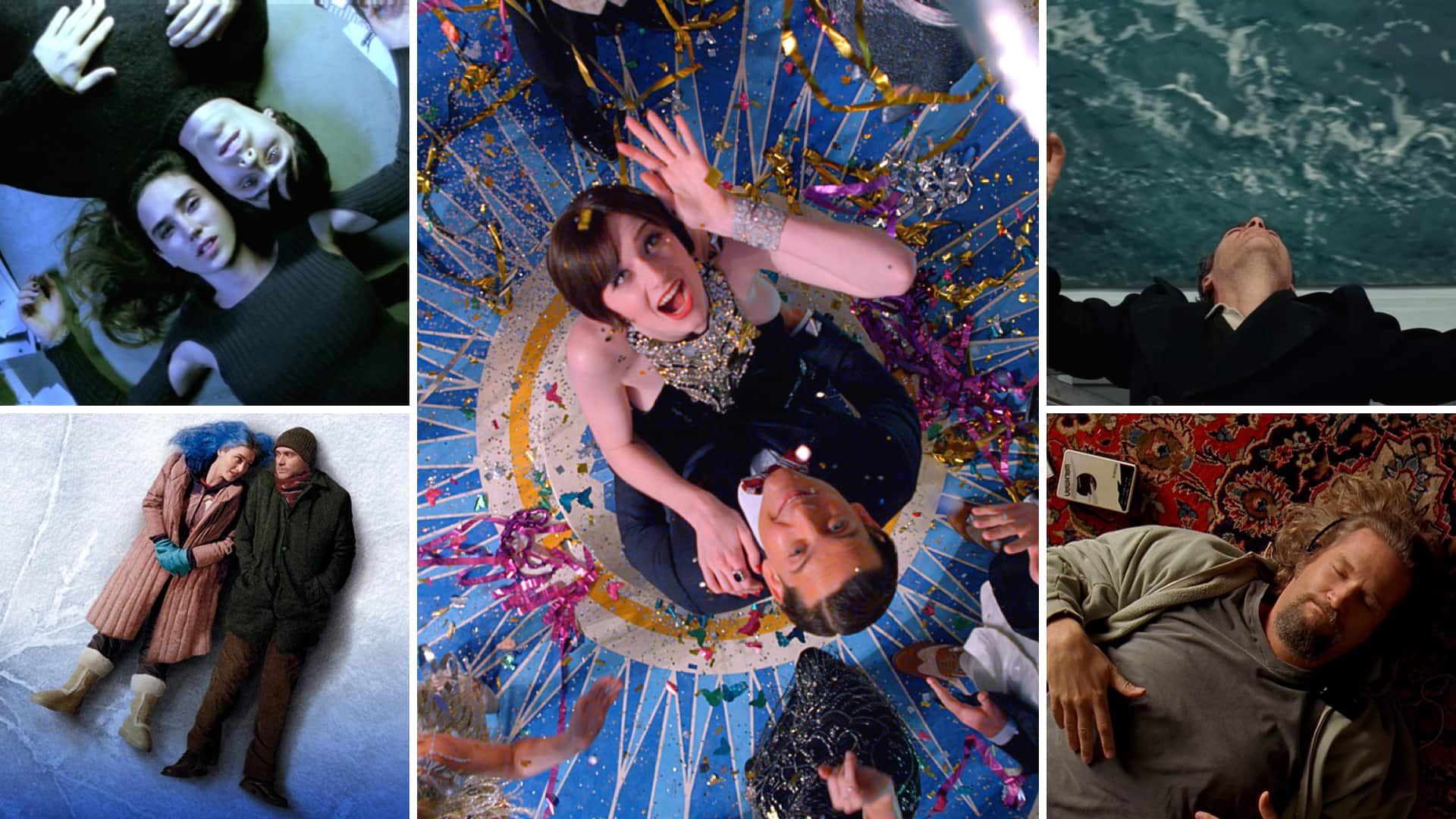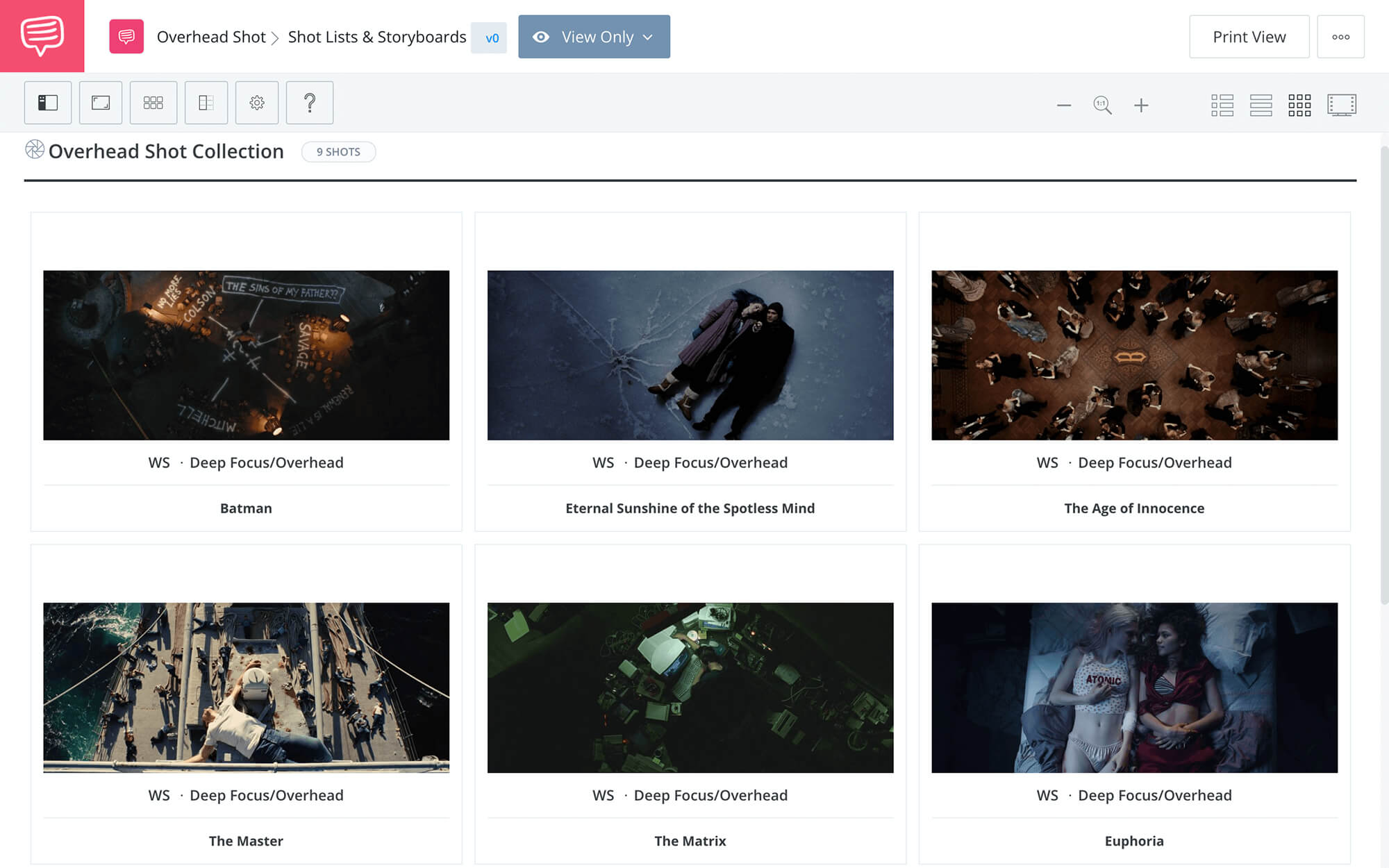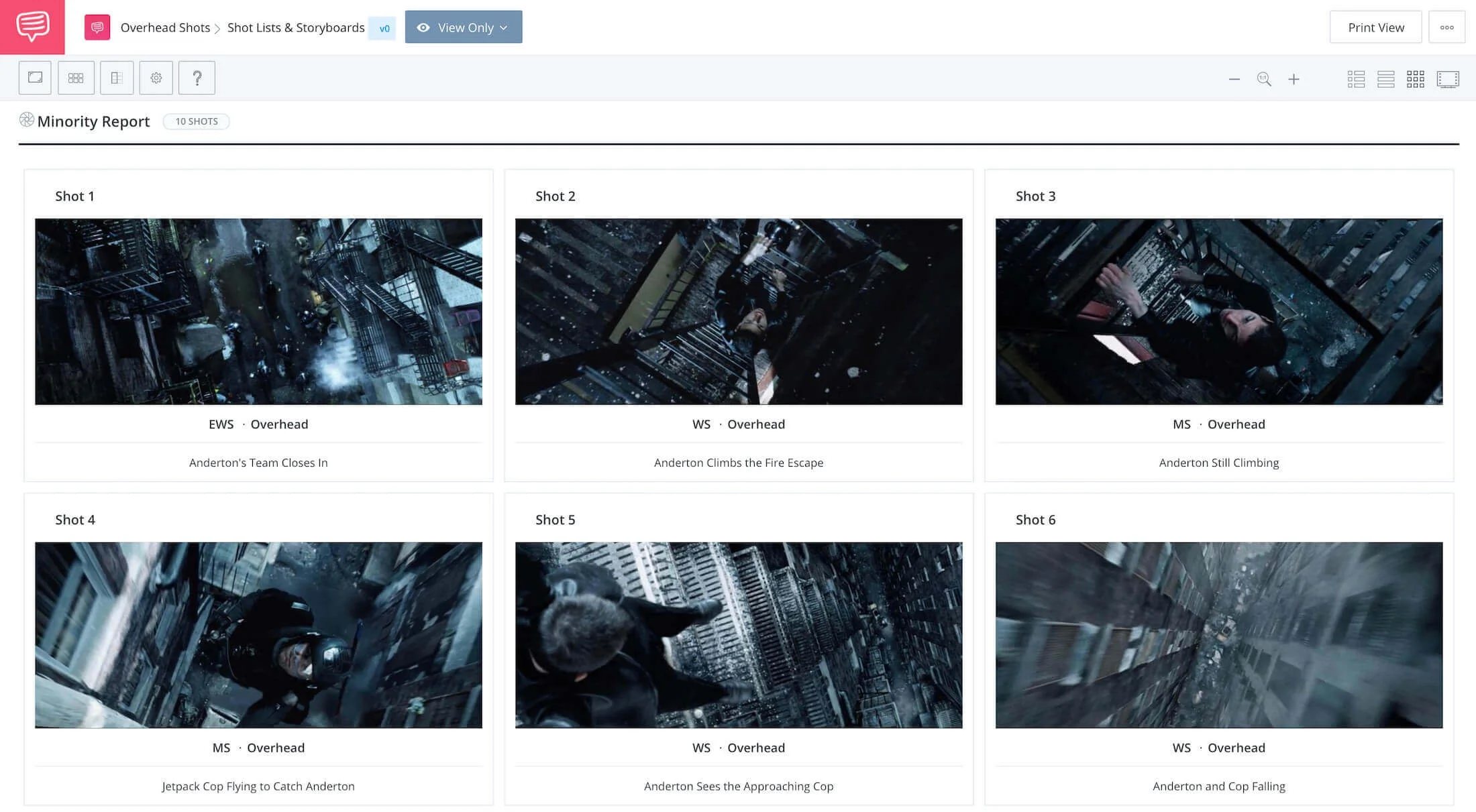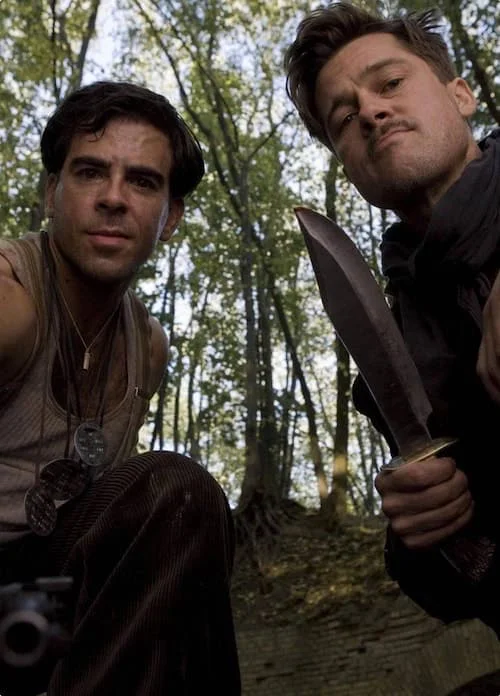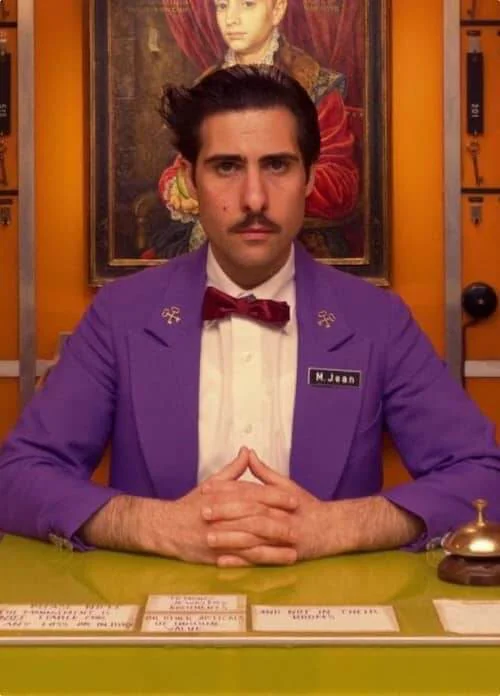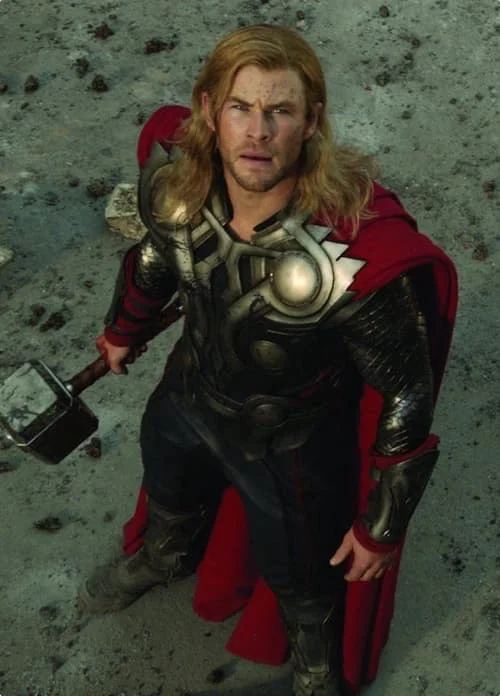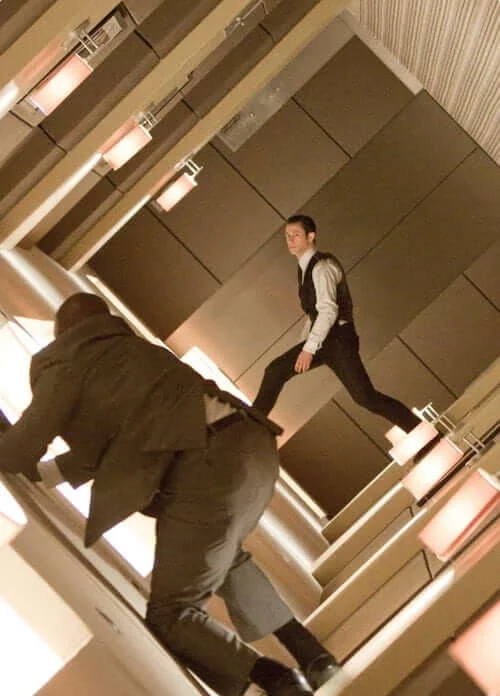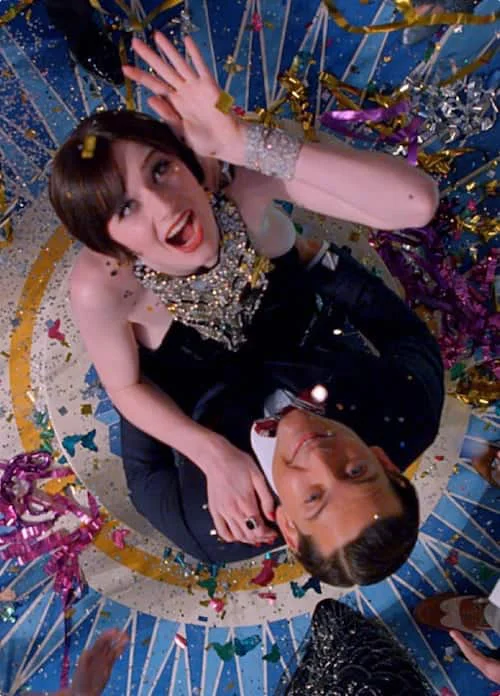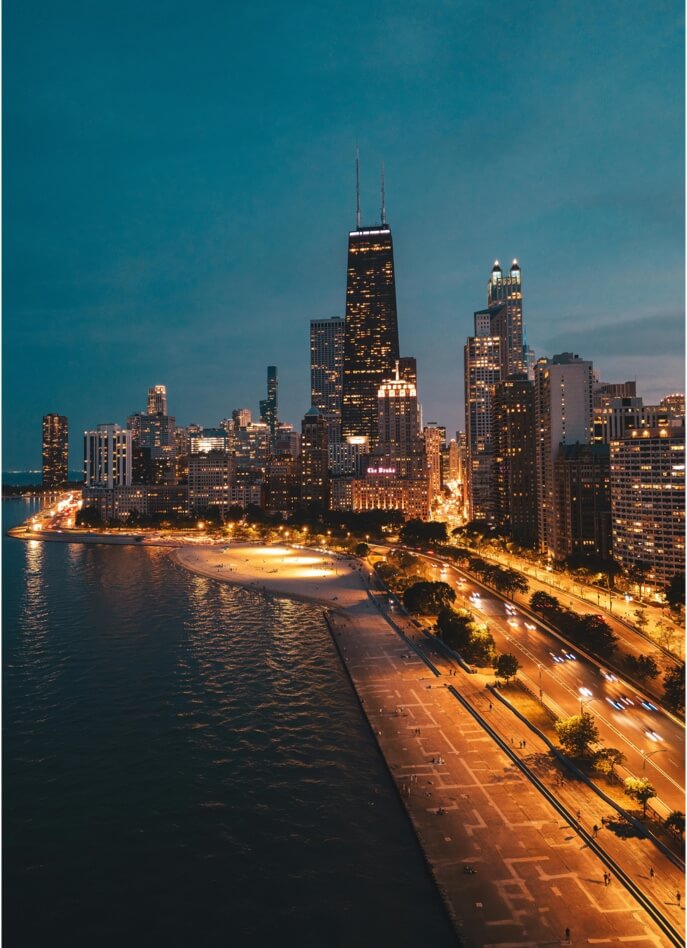Overhead shots are used all the time, sometimes for practical reasons, while other times for an emotional effect. The trick is to make sure they don’t disorient the viewer and come out of nowhere. We’re going to discuss the overhead shot and go over which emotions are generated when you use a bird’s eye view, and show you overhead shot examples that enhance the scene in a positive way.
Watch: Ultimate Guide to Camera Angles
overhead shot meaning
Overhead shot basics
Overhead shots can be used on actors or objects, and they can incorporate the same techniques like camera movement or a rack focus to further the desired effect of your shots.
Let’s get a "bird's eye view" on overhead shots with creative examples and how you can go about shooting your own.
OVERHEAD SHOT DEFINITION
What is an overhead shot?
An overhead shot is when the camera is placed directly above the subject. It's somewhere around a 90-degree angle above the scene taking place. Overhead shots are also called a bird view, bird's eye view, or elevated shot. Its placement is somewhat near the action, differing from the aerial shot. An aerial shot would be closer to a satellite or airplane view, closer to a God's eye view, and an overhead shot is closer to a bird's eye view.
Why do directors use Overhead Shots?
- Shooting vertical action within a scene
- To empower the viewer with an objective perspective
- When they want to diminish actors in the frame
Overhead shots aren’t as easy to capture, as they often require specialized equipment and may be limited by your location. And because overhead shots give the viewer an abnormal perspective, you run the risk of pulling the audience out of the movie. In other words, you should have a good reason to use an overhead shot.
For a general idea of the overhead shots in cinematography, we've collected shots from some of our favorite films and DPs using StudioBinder's storyboard creator. Click the image below to explore the collection and you can even download a PDF for future reference and inspiration.
Overhead Shots Collection • See Full Collection
Overhead shots can be achieved with a few different types of camera gear. For larger budget projects, a camera crane can be ideal. For smaller budgets, a jib arm or an overhead rig will work. Here's a video breakdown of each type of camera rig, how they work, and how they add to the "feel" and look of a shot.
Ultimate Guide to Camera Gear • Subscribe on YouTube
Let’s take a look at a few scenes and sequences that used overhead shots effectively, and analyze why they used the bird's eye view.
BIRDS EYE VIEW SHOT EXAMPLES
Use overheads to capture action
If tracking shots or dolly shots are ideal for horizontal movement, overheads shots fulfill the same function with vertical. Here is an example of an action scene from Minority Report where Steven Spielberg uses multiple overhead shots to capture the action. Thanks to the nifty jetpacks, this is very much an "up and down" chase as opposed to a "side to side" chase. Watch how many overhead shots are used and how they keep the action legible and dynamic.
Overhead Shot • Minority Report
You could show this scene in many different ways, but I doubt it would be as interesting without the use of such a powerful angle.
As you create your shot list in StudioBinder, you should be able to more accurately determine the moments where an overhead shot will be effective. And a reference photo or storyboard will give you a good idea of how it will look. Here's a collection of overhead shot examples from Spielberg's Minority Report created using StudioBinder's storyboard software.
You can identify key moments for your overhead shots in your script breakdown, and highlight them in your shot list.
Overhead Camera Shots
Use overhead shots for power
If you've studied the relationship between high angle shots and low angle shots, you know that it often comes down to power — who has it and who doesn't. Well, the same concept applies to bird's eye view shots.
Let’s look at another practical example of this. Horror comes to mind. Take a look at how this bird's eye view shot is used in American Psycho:
In this scene, Patrick Bateman tries to time a chainsaw drop onto a fleeing woman, and the overhead view shows us both the view of the woman and Patrick’s process of timing the drop.
Overhead Shot • American Psycho
Mary Harron could have used an overhead POV shot, and it would have been somewhat similar, but I’d argue the absurdity, and thus the comedy, would have been lost without the overhead shot.
Let’s stay on theme and show another murder that uses an overhead:
Overhead in Psycho
The practical use of this shot is somewhat unique because Alfred Hitchcock needed to keep the identity of the murderer a secret. Using this overhead shot achieved both obscuring our villain while also expanding our view of the attack.
Related Posts
Bird's Eye View Perspective
Use overhead shots for inserts
We've seen how filmmakers have used bird's eye view shots for action and power but let's look at yet another way they can be used. To capture the details in a scene, filmmakers often use insert shots to isolate and give meaning to those details.
One filmmaker who has basically cornered the market on bird's eye view insert shots is Wes Anderson. Don't believe me? Here's a supercut of ALL the overhead shots to be found in Wes Anderson's best movies.
Overhead Shots from Wes Anderson
These inserts from Wes Anderson are often done for practical reasons — it's simply the easiest and more logical perspective to capture these moments. But they also function as opportunities to see what the character sees through their eyes. In the next section, we'll look at how this is done more specifically.
Overhead shot examples
Use overhead shots for point of view
Like every all types of camera shots, a bird's eye view can also be used to represent a character's point of view (POV). This scene from Silence of the Lambs is a good example of when you instinctively should use an overhead shot for this very reason. Watch as we assume Buffalo Bill's POV looking down at his prisoner.
Overhead Shot • Silence of the Lambs
The overhead camera in this scene wasn’t used just once. Instead, director Jonathan Demme used multiple overhead shot compositions and frames to give us variations on Buffalo Bill's perspective.
Remember, great shots are very seldom one kind of shot. Make an overhead+ECU shot, or an overhead+POV shot. You can combine every kind of shot and get a different feeling from each choice.
When you're finished, take full advantage of StudioBinder's completely free masterclass on filmmaking techniques. This masterclass has five episodes solely focused on making you a better filmmaker.
Here's our episode on Camera Movement — bringing movement to your overhead shots will make them even more dynamic.
Camera Movement • Watch Entire Masterclass
Learning never ends. Dive into some of our classes and use the product to implement what you learn. It's all here for you. In the next section, we'll get a little more practical and show you how to film overhead shots.
OVERHEAD SHOT EXECUTION
How to film overhead shots
We've see the various ways you can use overhead shots in film are they really that easy to shoot? Yes and no. There are a few considerations for executing an overhead shot that you might not be aware of. And we'll also cover some overhead shot lighting tips that will help give them that professional look.
Step One — Gear up!
The equipment necessary to pull off an overhead shot is actually pretty limited. You'll need some sort of mounting mechanism, a wide angle or zoom lens (depending on your framing), a way to monitor the shot, and a lighting kit.
This video covers the various mounting mechanisms you can use, from a simple tripod all the way to a permanent wall mount. As you'll see, some of these mounts are more ideal than others.
Mounting mechanisms for overhead shots
Step Two — Frame and focus your shot
As mentioned above, the type of camera framing you want for the shot will dictate which type of camera lens to use.
The wider you want the field of view, you might consider a wide angle lens. If your overhead shot is meant to focus on a tiny detail, a zoom or macro lens will do the trick.
Chances are good that you only need one focal plane in focus, so you might consider adjusting your camera settings for a deep depth of field. If you're planning an overhead shot that needs to rack focus, make sure you're set up for a shallow depth of field.
Step Three — Light your overhead shot
Obviously, the type of lighting you want depends on context. If you're shooting a dramatic, B&W Film Noir, you'll want to study up on chiaroscuro lighting. Or, if your shooting a top down video like a cooking video or an unboxing, you'll probably want soft high-key lighting.
In this video, the fine folks at Aputure give us a quick tutorial on capturing a couple different lighting setups with minimal equipment.
How to light overhead shots
And that's how easy it is to shoot overhead shots. Whether you're shooting a narrative film or a cooking video, overhead shots bring a lot to any project. A simple camera angle like this can add drama, perspective, and a level of sophistication to your next project.
CAMERA ANGLES
Get Inspired. Explore More Angles.
Explore the different types of camera angles, and learn how to combine them with other shot specs for visual storytelling.
Different Types of Camera Angles
Up Next
Aerial shot examples
Now you understand how and when you can use an overhead shot to generate a number of different emotions. Overhead shots tend to be limited to how high above the subjects they are but that's not the case with aerial shots. Whether you're establishing a location or surveying a landscape, let's find out how aerial shots can be used effectively in your next project.
Up Next: The Aerial Shot →
Share your vision with elegant shot lists and storyboards.
Create robust and customizable shot lists. Upload images to make storyboards and slideshows.
